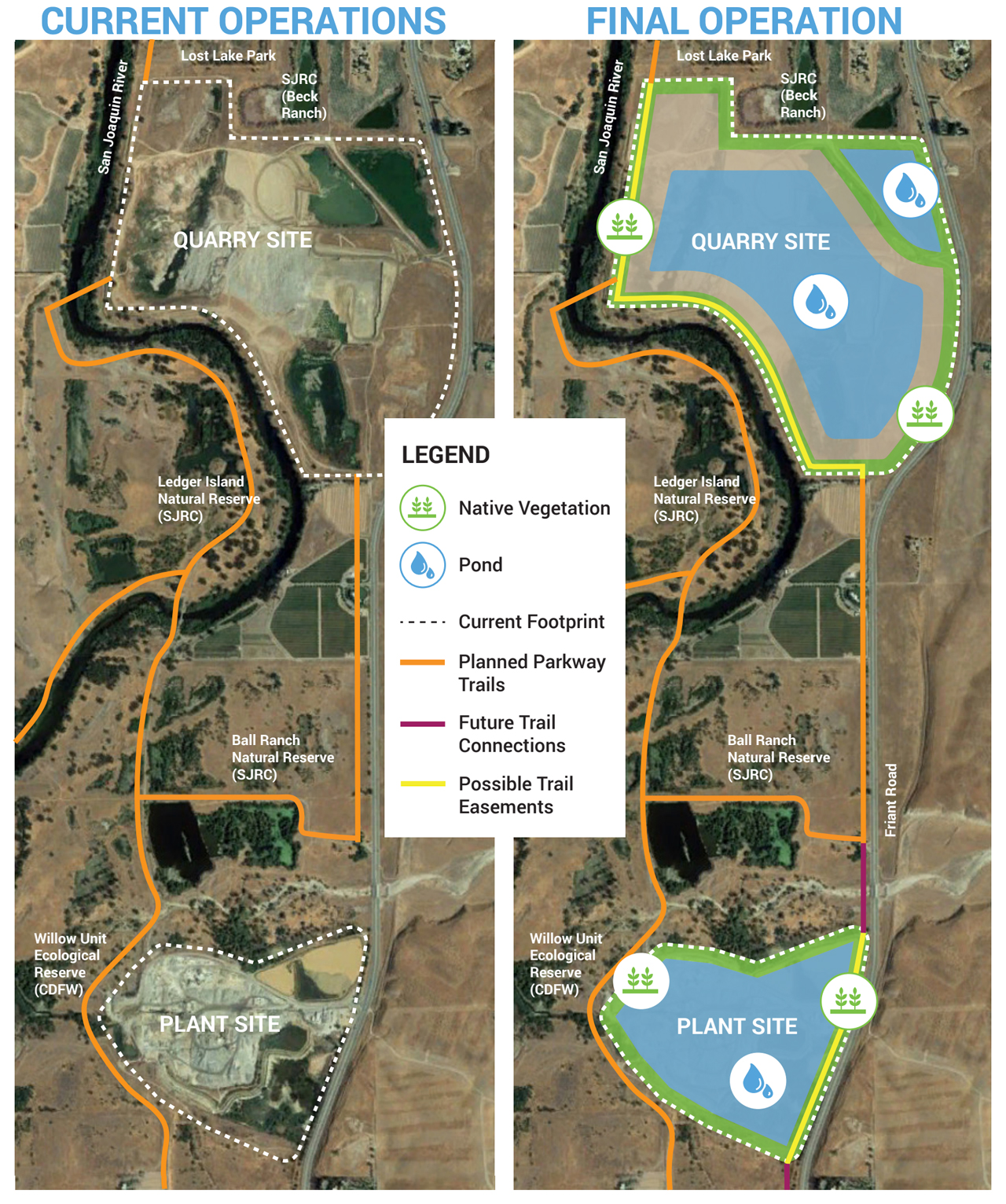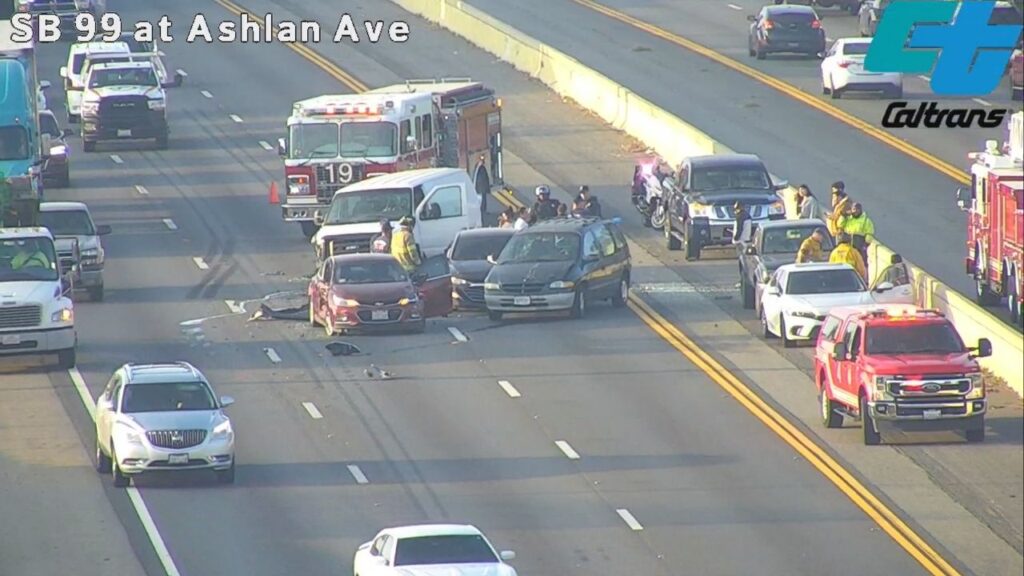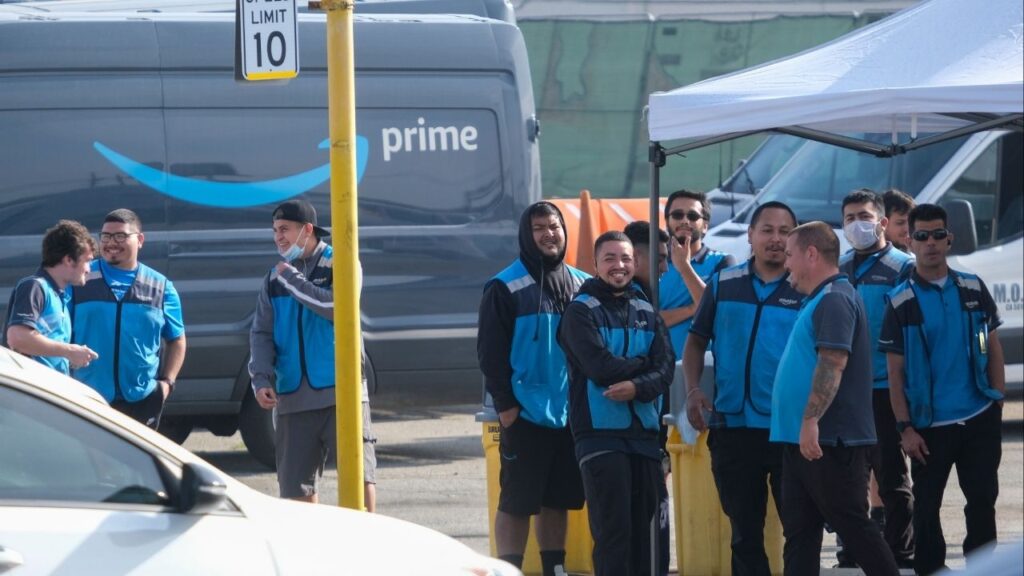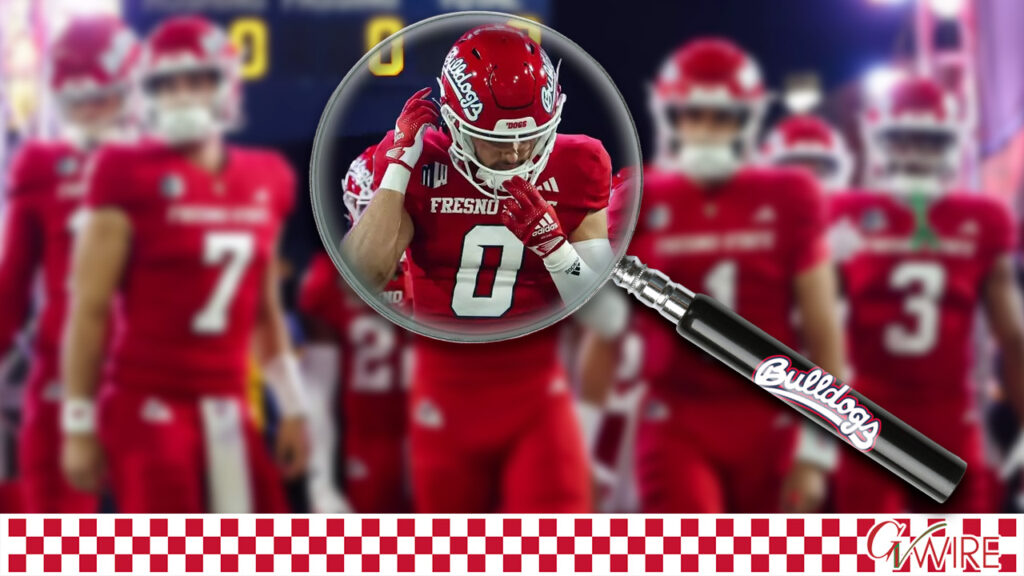California Assemblymember Joaquin Arambula (D-Fresno) introduced a bill that would effectively stop CEMEX's plan to dig a 600-foot hole along the San Joaquin River. (GV Wire Composite/Paul Marshall)

- Fresno County releases its EIR on CEMEX's proposal to dig a 600-foot pit along the San Joaquin River.
- To make asphalt and concrete cheap, sand and gravel have to come from nearby sources. Builders say the CEMEX plan would do that.
- A state geological survey shows Fresno has nearly twice the aggregate it needs. Enviromental groups say blasting at the site would harm the river.
Share
|
Getting your Trinity Audio player ready...
|
A mining company wants to dig hundreds of feet down on a site along the San Joaquin River.
With an environmental review of the project released, the decision now lands on Fresno County supervisors to approve or deny — and, if the project gets a green light, decide how deep to allow the company to dig.
Mexico-based mining company CEMEX wants to dig a 600-foot hole and blast hard rock from its quarry site about 200 feet from the banks of the San Joaquin River, according to Fresno County’s environmental impact report.
The company already mines aggregate at its quarry. A permit to operate expires in July 2026.
However, a new California legislative bill may decide the future of mining on the prime river land, bypassing the supervisors.
Assembly Bill 1425 from Joaquin Arambula (D-Fresno) would ban dewatering from many sites along the San Joaquin River — effectively killing the CEMEX proposal.
And, Arambula has a powerful local political figure backing that bill: Fresno Mayor Jerry Dyer.
Meanwhile, the San Joaquin River Parkway and Conservation Trust says the proposed blasting comes at the cost of the river. A California study shows Fresno has nearly twice as much aggregate as it needs. The U.S. Bureau of Reclamation adds that CEMEX has no right to the water and doesn’t have a plan to treat it before returning it to the river.
Quarry Proponents Make Their Pitch
CEMEX, builders, and union groups counter their opponents, saying gravel and sand from the site keeps trucks from having to travel long distances from mines to building sites. In addition, the company says it has water rights for industrial uses.
Rocks and sand used to make concrete may be cheap, but the heavy materials cost a lot to transport and increase emissions and wear on roads, according to the California Department of Conservation’s 2018 geological survey.
“There are often increased environmental and societal costs associated with the import of aggregate when compared to local production,” the survey stated. “The environmental impacts include higher emissions of greenhouse gases, such as CO2, and air pollution.”
The new hard rock mining would yield a high quality aggregate for housing and infrastructure, a CEMEX spokesperson said.
Having available resources keeps material costs down, said Fresno County Board of Supervisors Chair Buddy Mendes. The board of supervisors will vote on the proposal, but no date has been set yet.
“It’s good to have competition,” said Mendes. “You remove them out of the equation, you have no competition.”
Fresno Has Almost Double Its Aggregate Needs: Geological Survey
Responding to GV Wire, Arambula questioned the need for additional mining.
A 2018 California geological survey shows Fresno’s mining operations supplying 182% of its projected aggregate needs for the next 50 years.
Mendes questions the accuracy of those projections while environmental activists say the expanded project will do irreparable harm to the river.

Fresno County’s EIR shows the project would increase pollution, noise, traffic delays, and harm water quality and wildlife. Some mitigation measures could be taken to reduce those impacts.
But impacts on the river’s aesthetics and traffic on Friant Avenue would be both significant and unavoidable, according to the report.
“I believe AB 1425 will protect and preserve the San Joaquin River’s unique wildlife and natural habitat, which many people in our community are concerned could be greatly harmed and damaged by the mining proposal,” Arambula said in a statement to GV Wire.
A Look at Local Aggregate Sites
The Fresno region has three aggregate mining and processing facilities, according to CEMEX’s operational report. Vulcan Materials mines near Sanger, Calaveras Materials mines near the Kings River, and CEMEX’s Rockfield Plant mines along Friant Road.

“Having a local aggregate resource helps keep project costs down, making housing and infrastructure more affordable. We care about our employees, and the Rockfield operations directly support more than 90 local families with high-paying, quality jobs, many who have been working at the operations for decades.” — Angela Bouzerand, communications director, CEMEX USA
In 2017, Vulcan shut down its San Joaquin River operation.
Supervisors gave CEMEX until July 2026 to continue to operate under its current permit. The company received multiple extensions, partly because of delays in getting the proposal reviewed by the county.
A CEMEX spokesperson said the company will consider all options to maintain operations, which would include renewing the permit. However, the priority is to have the EIR approved.
If the permit to operate expires after mid-2026, production would fall below the anticipated 50-year demand of 6.1 million tons a year by 2.6 million tons a year.
The spokesperson said the Rockfield facility keeps private and public regional projects affordable while supporting middle-class families.
“Having a local aggregate resource helps keep project costs down, making housing and infrastructure more affordable,” said Angela Bouzerand, communications director for CEMEX USA. “We care about our employees, and the Rockfield operations directly support more than 90 local families with high-paying, quality jobs, many who have been working at the operations for decades.”

There are other mines in western Fresno County and, in Madera County, Vulcan operates the Austin Quarry near Highway 41 and Highway 145.
The spokesperson with CEMEX said Arambula’s plan interferes with the environmental review process.
“We are analyzing the legislative proposal. If it seeks to target our Rockfield operations, we disfavor legislative attempts to interfere with existing operational entitlements or to circumvent the established and ongoing CEQA review process to review our proposed modification plan,” Bouzerand said.
Blasting a Necessity to Mine Hard Rock
To do the hard rock mining the company wants, CEMEX will have to blast apart bedrock, something never before done on the river, said Sharon Weaver, executive director of the San Joaquin River Parkway and Conservation Trust. The trust worked with Arambula in crafting AB 1425.
Weaver said the group is not opposed to aggregate mining, but she says blasting impacts one of the most biologically rich areas in the region.
To break apart bedrock, engineers fill holes with explosive material and detonate it, according to the environmental review.
To dampen noise impacts, blasting would only be done one or two days a week between 10 a.m. and 2 p.m., the EIR states.
Also, by detonating charges within fractions of a second, analysts say they can minimize vibrations.

Since digging began at the quarry in the 1980s, homes have gone up in the area, some less than 300 feet away. Some neighbors have previously expressed concerns about the impact of the operation to their homes.

“We’re just concerned about how this could affect fish in the river, how it could affect birds nesting near the site, and since a lot of people want to come out to the parkway to enjoy and experience the nature.” — Sharon Weaver, executive director, San Joaquin River Parkway and Conservation Trust
The environmental study recognized potential damage from blasting on nearby homes, wells, and the river embankment. It said by reducing blasthole sizes, those impacts could be reduced.
But Weaver said blasting impacts go beyond property damage. It doesn’t take into account how explosions could impact the water table, wildlife, or people enjoying the river. In a letter to Fresno County officials, the Bureau of Reclamation said salmon rearing in the river could be affected by the blasting.
“When you start using explosives to blast out hard rock, you create vibrations that travel through the land, through the water column. They affect neighbors in a different way; they affect wildlife in a new way,” Weaver said. “We’re just concerned about how this could affect fish in the river, how it could affect birds nesting near the site, and since a lot of people want to come out to the parkway to enjoy and experience the nature.”
Reclamation: No CEMEX Plan to Treat Water
Digging a 600-foot pit requires diverting water from the San Joaquin River. Reclamation’s letter says it cannot find any evidence that CEMEX has the water rights to divert the river water.
The bureau said CEMEX also still needs to show that it can return water to the river without contaminating it. Analysts said no water quality treatment plan exists. Contaminated water could affect the river, including spring-run Chinook salmon.
“It appears (CEMEX) is proposing to capture river flows in the Quarry Site that contain hazardous materials as a flood reduction strategy,” the letter from the bureau states. “This approach would create unnecessary pollution risk and divert water supplies into the quarry that would otherwise be available for other water users.”
Bouzerand, the CEMEX spokesperson, told GV Wire that the water diverted from the river is for industrial use and doesn’t need to be treated. That’s because the water isn’t discharged back into the river.
Bouzerand also said that the company has sufficient rights to divert water from the river to the plant site.
Dyer: Impact on Fresno Roads $64 Million Over 100 Years
The company would dig the 600-foot pit in phases over the course of 100 years. During the first 30 years of the project, mining would continue at the plant site — about a mile away from the quarry — and would get more intensive at the quarry.
Eventually, the refinery at the plant would move to the quarry as operations at the plant wind down. The company says the move would greatly eliminate the number of truck trips up and down Friant Avenue.
The number of truck trips and wear on the road has Fresno Mayor Jerry Dyer opposed to the project. He praised the protections from AB 1425.
“With truck trips expected to increase by 57% in Stage 1 and another 38% in Stage 2, and 55% of that traffic using North Friant Road, the projected 100-year repaving cost to the City is estimated at $64 million. This burden is unacceptable,” Dyer said. “Additionally, we must do everything we can to protect the sensitive river bottom area, which is vital to our region’s ecological health and long-term sustainability.”
Fresno County Supervisor Garry Bredefeld said he is still studying the EIR. As a Fresno city councilmember, he vocally opposed the project — namely the increased traffic. However, he is against Arambula’s bill taking away the supervisors’ decision-making ability.
“Local control is important,” Bredefeld said. “I think (Arambula) has done things with the Conservancy that have impeded our ability on the local level to get things done.”



















